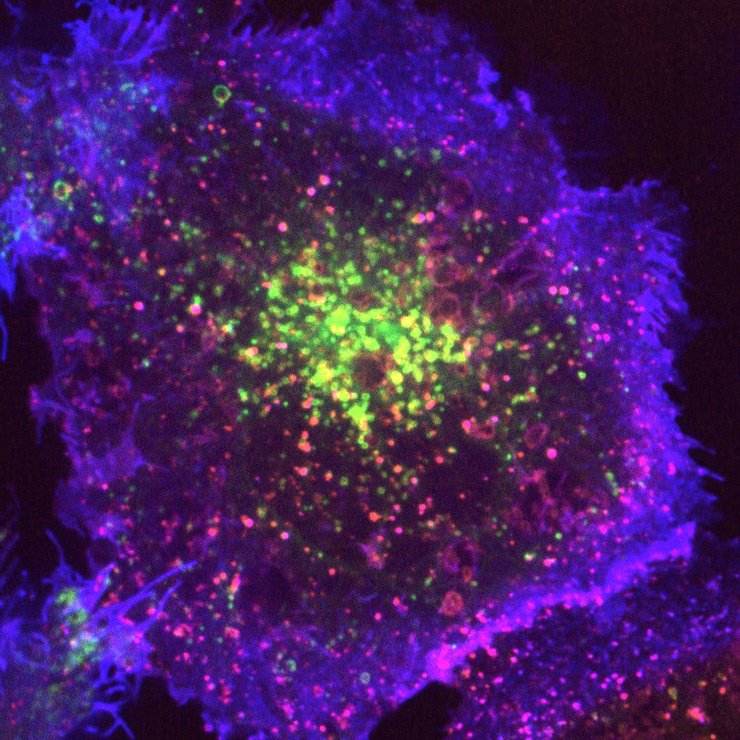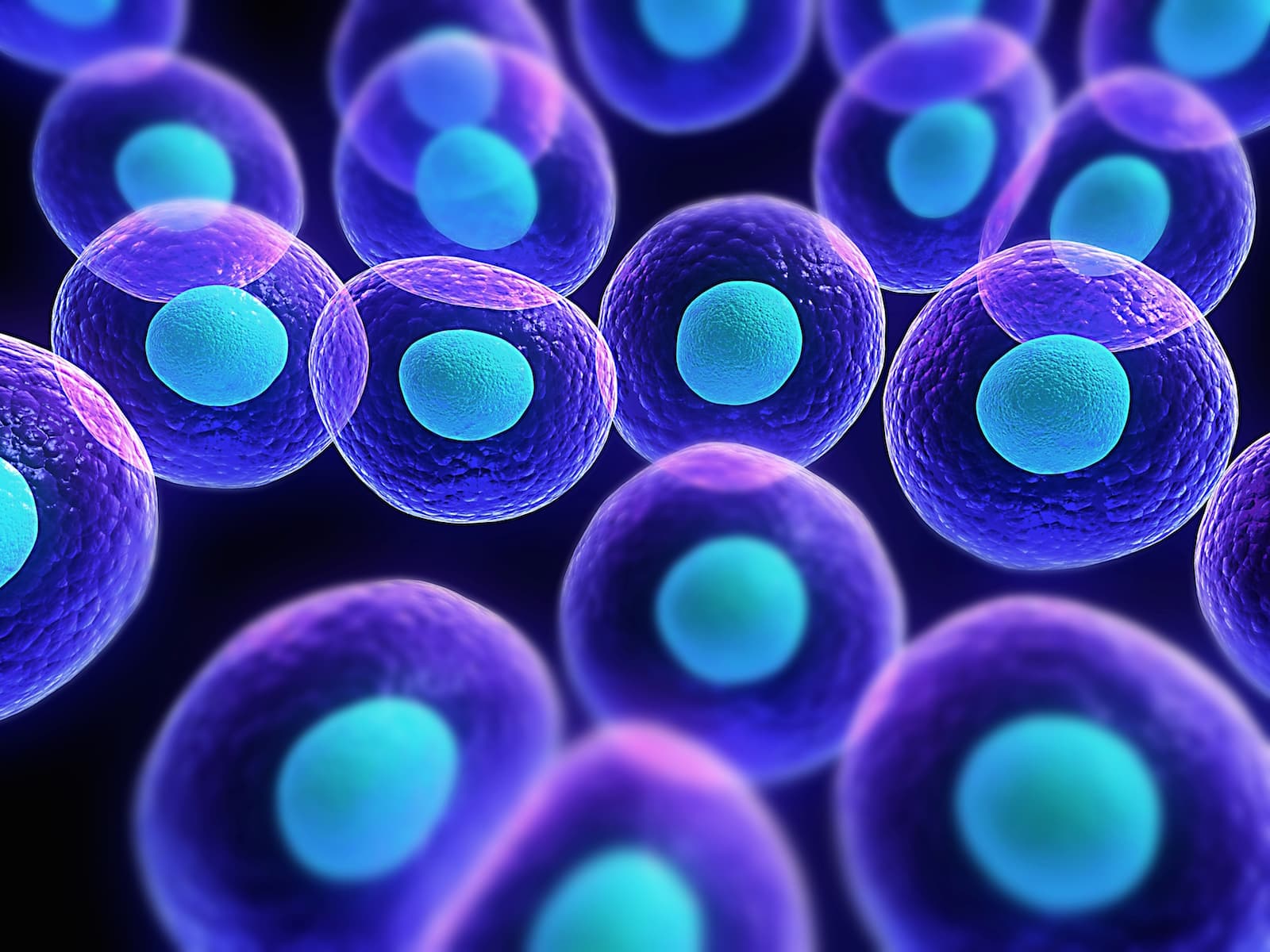Scientists Trigger Endocytosis on Demand by ‘Hotwiring’ Cells
Endocytosis is very important to the cell, for example it allows cells to import nutrients to live and controls cell movements, growth and how cells ‘talk’ to one another.
Cell biologists have studied for decades how endocytosis works however up till now they have found it impossible to control the process. But now, researchers at the Warwick Medical School, University of Warwick, have amanged to trigger clathrin-mediated endocytosis in the lab.
The technique uses the cell’s own proteins to initiate the endocytosis and blue light to determine when and where the process takes place. Eventually, the group hopes to use the technique to ‘force feed’ cells with drugs, nanopartciles or whatever else they may want. It works through a clathrin-binding protein fragment (“hook”) is inducibly attached to an “anchor” protein at the plasma membrane, which triggers the formation of new clathrin-coated vesicles.
The project incorporates temporal and spatial control by the use of chemical and optogenetic methods for inducing hook–anchor attachment. Moreover, the cargo is defined. Because several steps in vesicle creation are bypassed, the scientists have term it “hot-wiring.”

The team also solved the problem
of knowing where endocytosis will happen on the cell. This was done by engineering a light-sensitive version of their system. With this new version they used blue light to trigger endocytosis. Whereas unlike the chemical, which could appear anywhere across the cell, the light can be focused in a narrow region causing endocytosis to be triggered only in that region. This allows the team to control where – as well as when – a vesicle that carries nutrients will form.The team was led by Dr Stephen Royle reader and senior Cancer Research UK fellow at Warwick Medical School said: “We’ve compared our method to ‘hot-wiring’ a car. When this happens in the movies, a bad guy breaks into a car and just twists some wires together to start the car and make a getaway.”
“To trigger endocytosis we used the cell’s own proteins, but we modified them. We chopped out all the unnecessary parts and just left the bare essentials. We call the process of triggering endocytosis ‘hot-wiring’ because it is similar to just twisting the wires together rather than having a key.”
“It turns out that movies are not like real life, and hot-wiring a car is actually quite difficult and takes a while. So our systems are more like the Hollywood version than real life!”






























